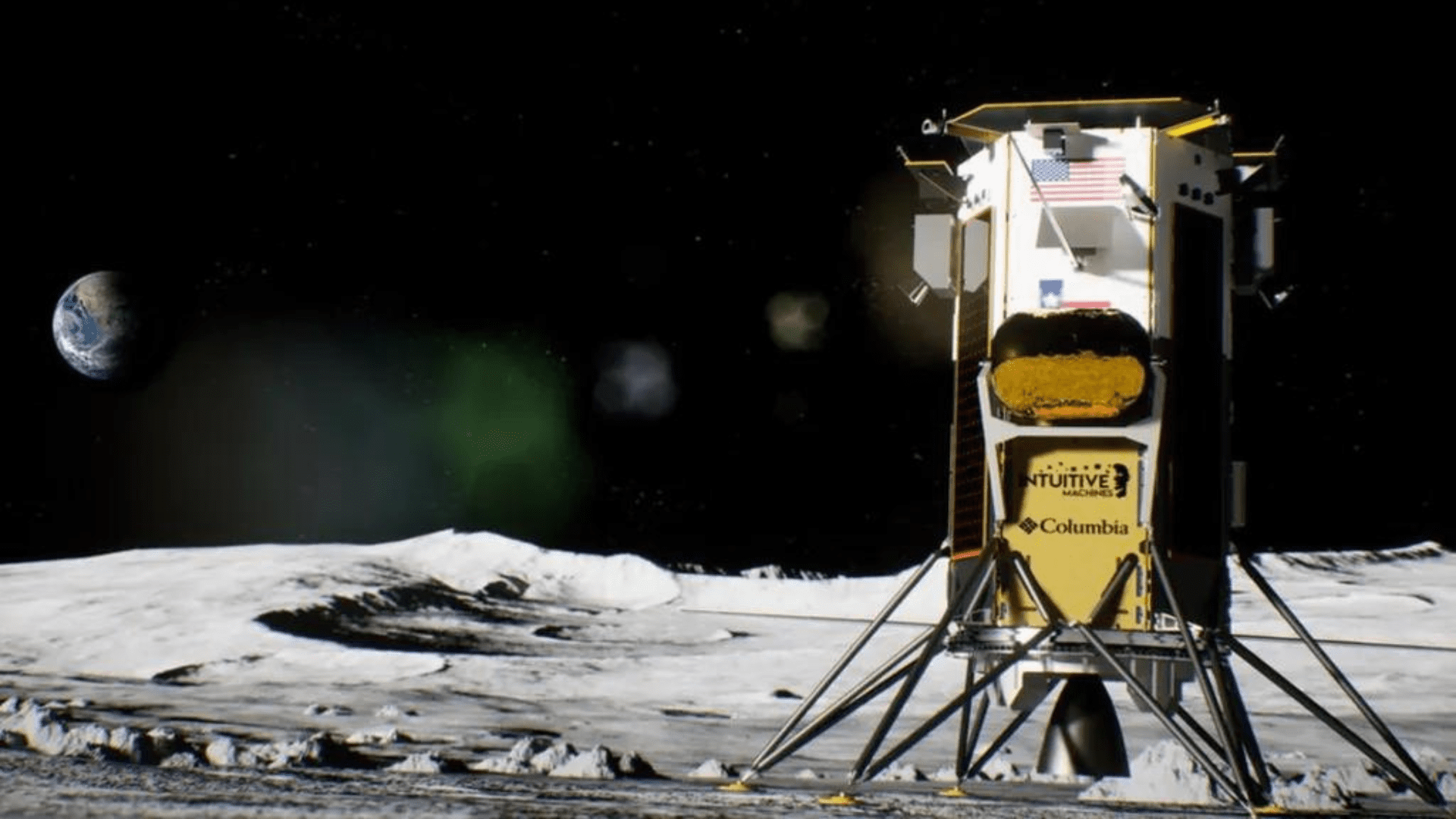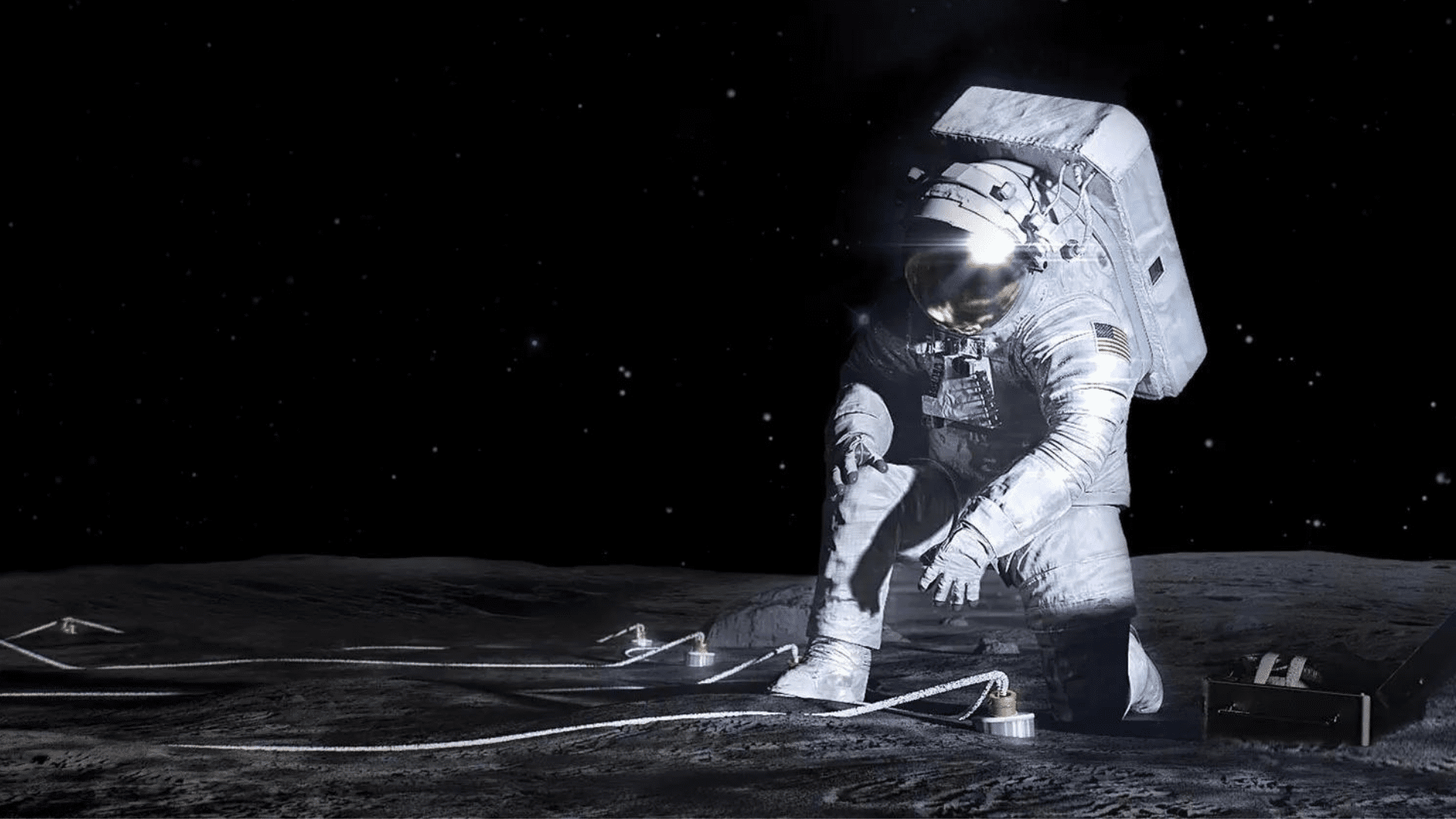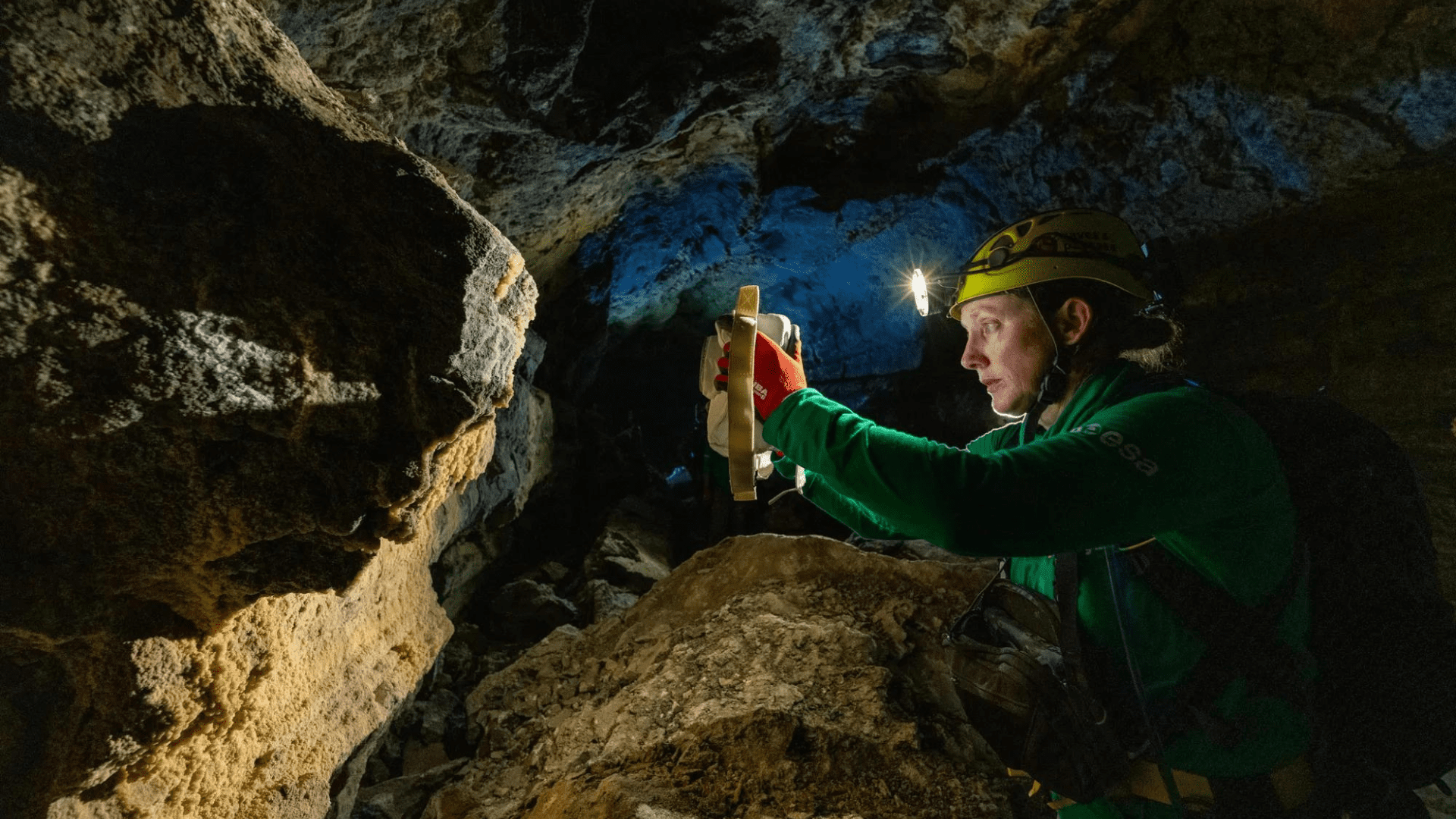The White House is tasking NASA with creating a time zone for the Moon by the end of 2026. It’s part of the United States’ efforts to make international norms in space. The possibility of a lunar time zone comes as the push for a human presence on the Moon rapidly grows.
Lunar Time Zone
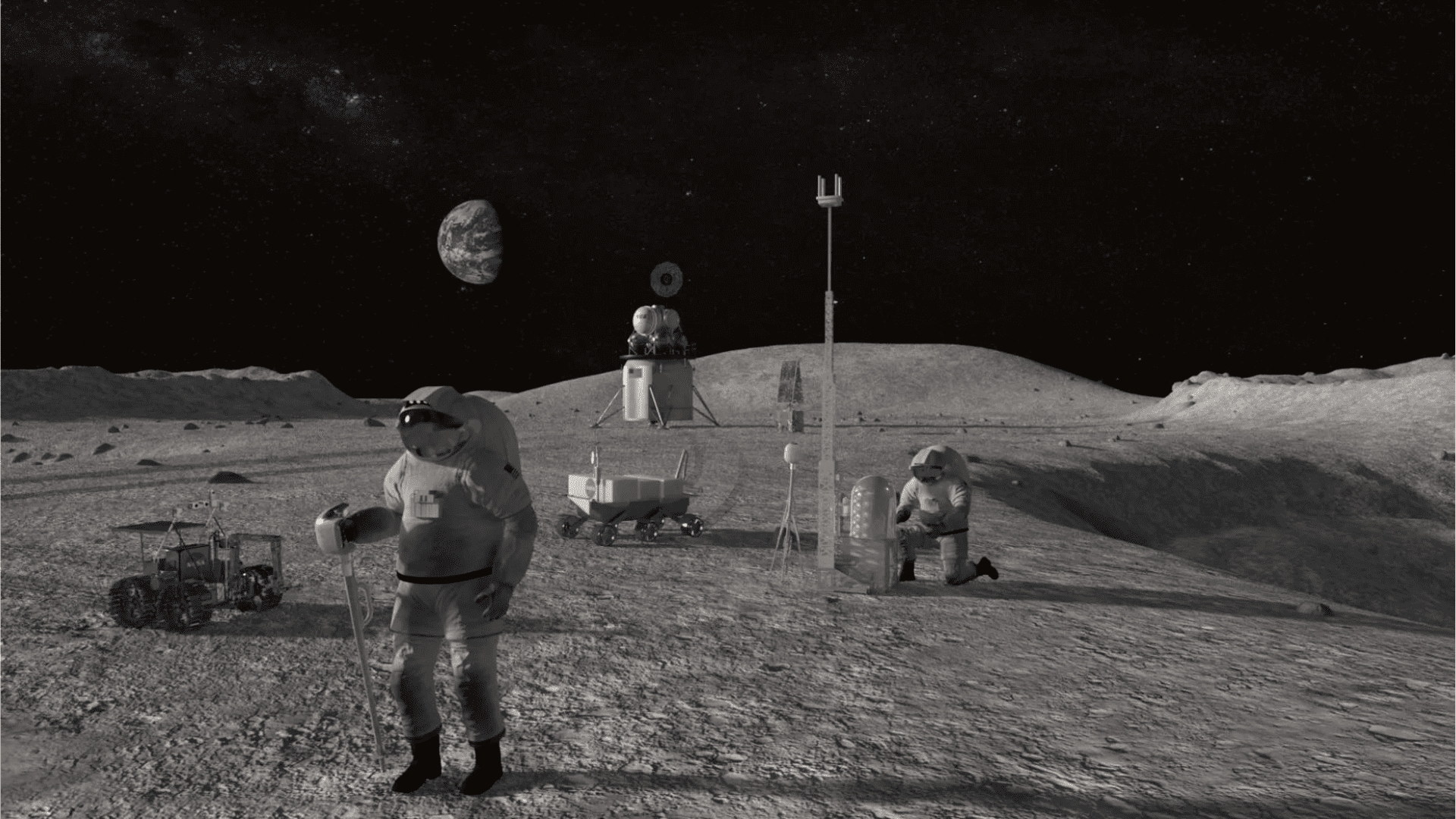
There is growing interest in long-term presence on the Moon in the coming years. Additionally, the whole purpose of the Artemis mission is to, once again, land astronauts on the Moon.
According to a memo from the White House Office of Science and Technology Policy (OSTP), there is a broader effort to “establish time standards at and around celestial bodies other than Earth.” The new lunar standard is called “Coordinated Lunar Time (LTC).” However, it is still unclear if the Moon will have multiple time zones like Earth.
The memo states, “U.S. leadership in defining a suitable standard — one that achieves the accuracy and resilience required for operating in the challenging lunar environment — will benefit all spacefaring nations.”
Because the Moon has lower gravity than Earth, time moves slightly faster. It moves 58.7 microseconds faster every day. It’s not much, however, even the minuscule amount makes a big difference. That tiny difference makes it more difficult for future missions to communicate with each other. Additionally, it’s harder for mission control to track satellite and crew positions.
As more and more space agencies around the world plan missions to the Moon and Mars, the OSTP believes it’s important to have a set standard time in space. The OSTP deputy director for national security Steve Welby said, “It’s important that we establish celestial time standards for safety and accuracy.”
Explore Tomorrow's World from your inbox
Get the latest science, technology, and sustainability content delivered to your inbox.
I understand that by providing my email address, I agree to receive emails from Tomorrow's World Today. I understand that I may opt out of receiving such communications at any time.
Measuring Time
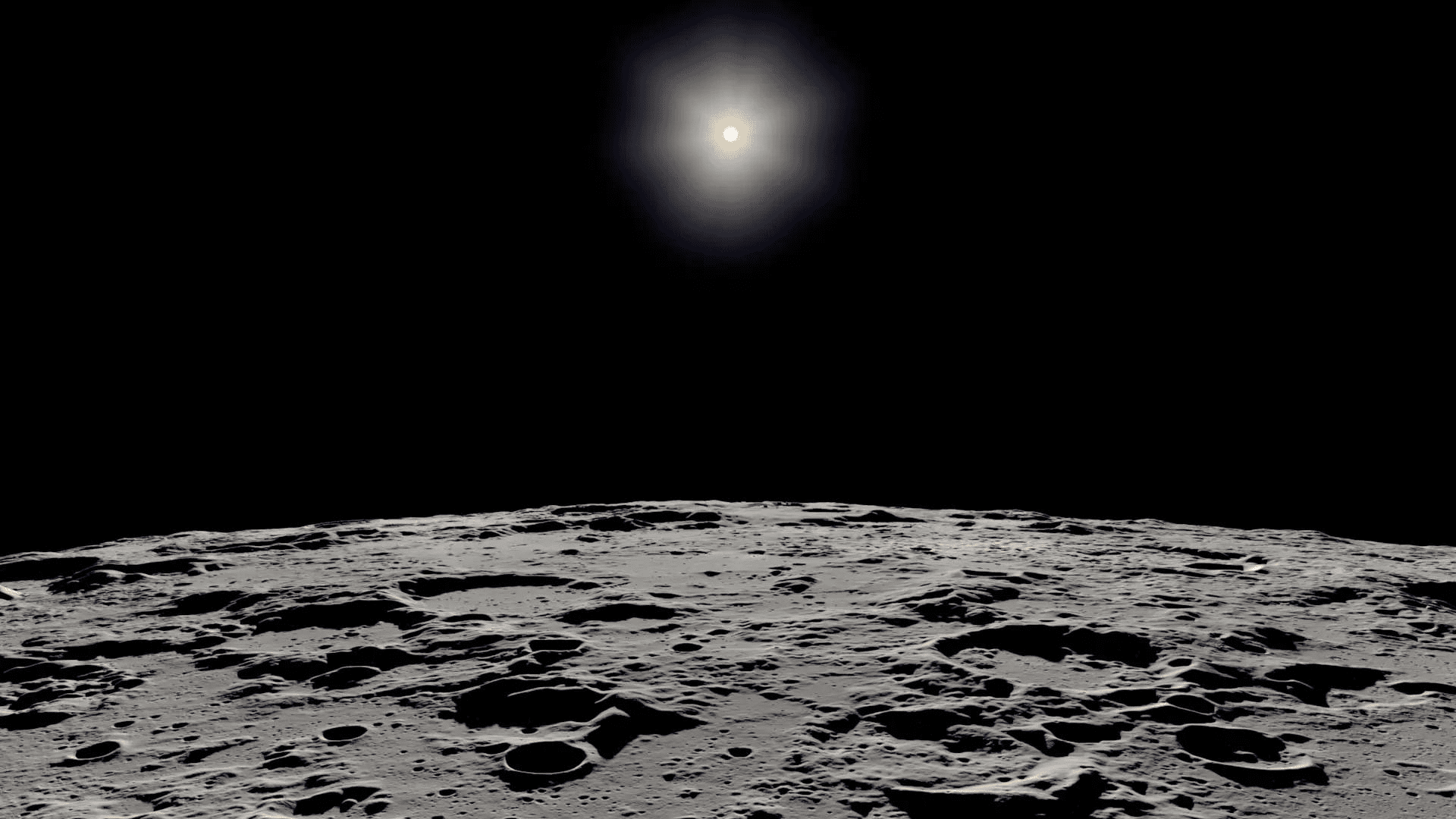
Our time is measured by numerous atomic clocks placed in different locations around Earth. Similarly, the Moon could use atomic clocks for lunar timekeeping. While the Moon could use a similar ensemble of atomic clocks, they would tick at different rates.
Already, there are a couple of ways that space agencies keep time in space. For example, the International Space Station, which is in low Earth orbit, follows Coordinated Universal Time (UTC). For spacecraft in other spaces, NASA uses Spacecraft Event Time which catalogs key mission events.
To establish LTC on the Moon, NASA told NPR, “subject matter experts throughout the international community are discussing an approach to provide recommendations to the International Astronomical Union for lunar reference frame and time systems.”
NASA’s Artemis program plans to send humans to the Moon no earlier than September 2026. This is three months before the deadline to establish LTC. Additionally, China plans to launch a crewed lunar mission by the end of the decade and India has plans to do the same by 2040.



